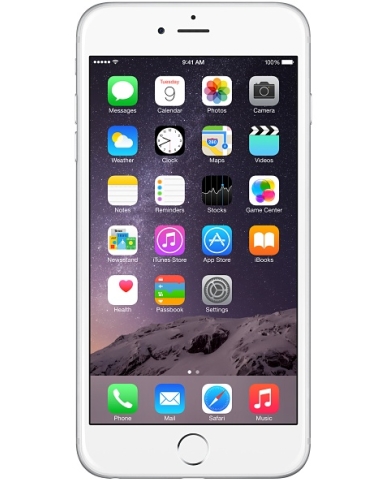The Galaxy S7 and the iPhone 7 are arguably the most eagerly anticipated releases of next year, and despite their still uncertain launch dates, more details have been coming about what the two phones are expected to feature.
One area where the two might differ is with their approach to their design philosophies heading into next year.
PC Advisor UK echoes one of the most prevalent rumors concerning the iPhone 7, which suggests that the upcoming phone will be featuring quite a few design changes.
The changes are not expected to be minimal either. Rumors have suggested that the iPhone 7 could eventually be the first one in the series to be launched without a home button, instead situating its Touch ID feature in the display itself. The iPhone 7 could also reportedly eliminate the conventional headphone jack.
Whereas the iPhone 7 is being rumored to feature a wide variety of design changes, the Galaxy S7 might be heading in the opposite direction.
According to Expert Reviews UK, the rumors surrounding the Galaxy S7 currently suggest that the next Samsung flagship will mostly be keeping the design principles of its most recent predecessor intact, meaning it will look largely the same.
That doesn't mean that the Galaxy S7 won't feature some changes, however, as it has also been rumored that the new flagship might feature a variety of chipsets, with some regions receiving models equipped with Samsung's Exynos brand and others that will have Qualcomm's line of Snapdragon chips.
The release dates for both phones are also expected to be quite far apart.
There are no surprises expected for the launch of the iPhone 7, as it is still rumored to arrive in September just as with previous models, but the Galaxy S7's timeline might be changing.
Samsung is reportedly planning to release the Galaxy S7 earlier than usual, and rumors suggest that it could be launched as early as January of next year.















